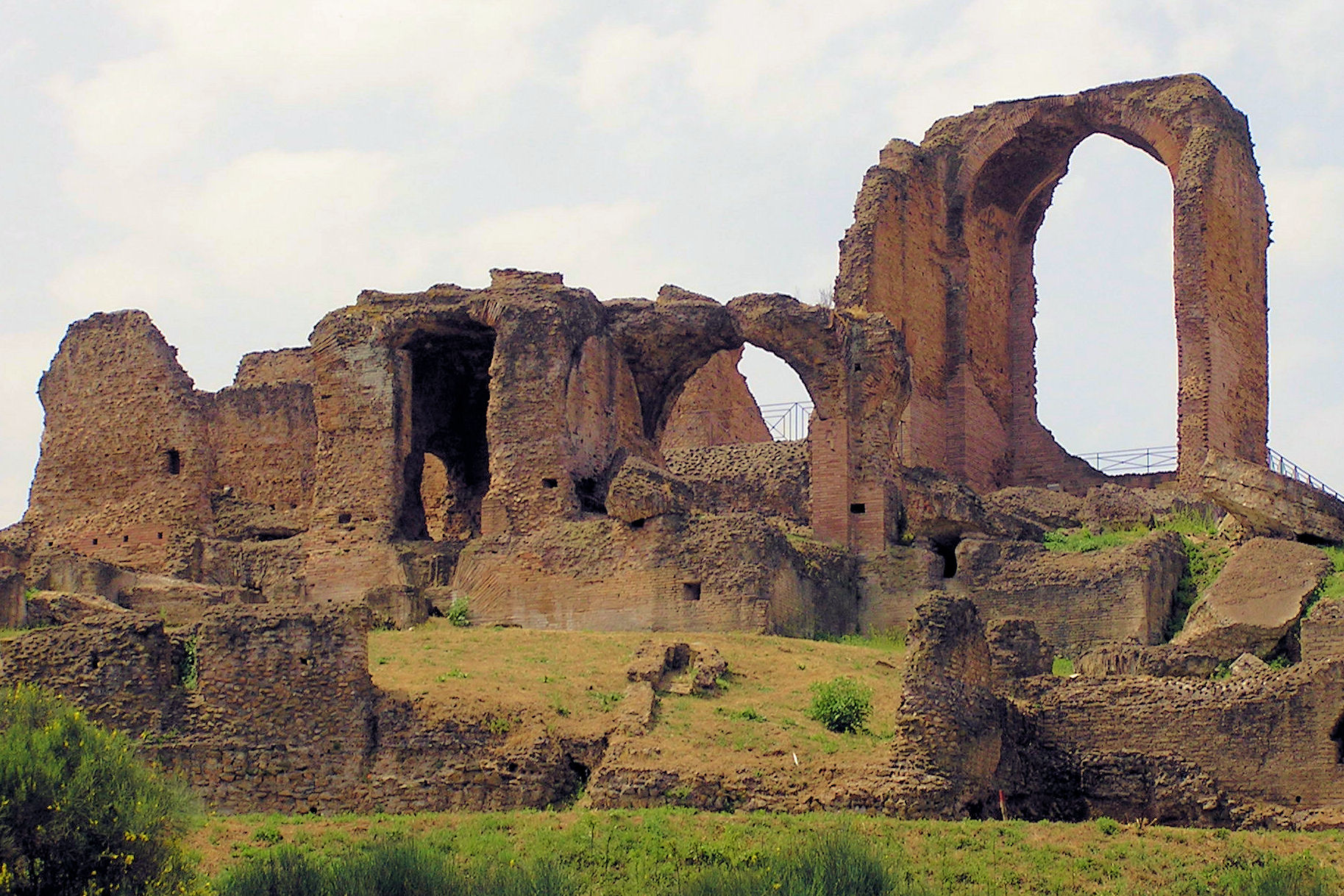The ancient Romans were a formidable force. They built great cities, created progressive forms of government, and established advanced systems of infrastructure. Though this Empire has been gone for almost 2,000 years, many Roman creations have stood the test of time. The structures may be partially intact, but their role in history is still strong.
Any traveler who wishes to experience some of the Roman’s greatest achievements should put these ten locations on their travel list.
1. Colosseum

The most well known of all the Roman structures, the Colosseum is one of the most visited sites in Italy. Built by Emperor Vespasian in 80 A.D., this amphitheater once hosted 55,000 spectators who cheered as gladiators battled for their lives.
2. The Anfiteatro Campano

Located in the Campania region, the Anfiteatro Campano is another Roman amphitheater that has outlasted its ancient builders. This arena is the spot where the gladiator Spartacus led a slave rebellion against the Empire. This revolt, known as the Third Servile War, remains one of the most successful slave rebellions in Rome’s history.
3. Villa Poppaea
Often known as the Villa Oplontis, this stunning work of architecture is also located in the Campania region. Historians believe Emperor Nero used to reside here. Visitors are still able to see some of the original frescos, along with the bathhouse and 60-meter swimming pool.
4. The Pantheon

Once a house of devotion for the Roman gods, The Pantheon is one of the most well-preserved buildings from ancient Rome. The temple is a testament to Roman engineering with concrete walls and a magnificent domed roof. This particular feature remained the largest dome in the world until the 15th-century.
5. Villa Dei Quintili

One of the most luxurious villas on the road to Rome, Villa Dei Quintili was built by the Quintili brothers who served under Marcus Aurelius. Supposedly when Emperor Commodus came to power, he had the brothers executed just so he could take control of their lavish estate.
6. Palatine Hill

Palatine Hill is where the emperors and other powerful citizens lived. The Domus Flavia and Domus Augustana were the first structures built and remained the official residence of the emperors for the next 300 years.
7. Villa Romana del Casale
Located in central Sicily, the Villa Romana del Casale is home to the finest collection of Roman mosaics. There was even a mosaic discovered in 1960 that depicted Roman women in bikinis. This discovery upended the belief that designer Luis Rèard had invented the style 14 years earlier. The villa’s collection is so significant it was declared a UNESCO World Heritage Site in 1997.
8. Hadrian’s Villa
Resting on 250 acres of land, Hadrian’s Villa consists of over 30 impeccably preserved buildings and structures. This a massive historic site which includes a swimming pool, ancient libraries, the Maritime Theatre, and gymnasium.
9. Alba Fucens

Nestled in the valley of an ancient lake, Alba Fucens is in the town of Albe, located in the Abruzzo region. The ruins date back to 300 B.C. and include the city center, bathhouses, a wine bar, an amphitheater, and an ancient temple, now used by Benedictine Monks.
10. Via Appia Antica and Catacombs

The Via Appia was once a major roadway in the Roman Empire starting in 312 B.C. Now, the road is an archaeological site covering 10 miles of ancient tombs and monuments. Visitors should make sure to pay a visit to the Catacombs of San Callisto. The entire complex spans almost five floors and contains over 500,000 Christian remains.
Sources:
- Best Roman Ruins [Trip Historic]
- Ancient Sites in Rome [Trip Savvy]
- Roman Ruins You’ve Probably Never Heard Of [The Local]
- Alba Fucens [Trip Historic]
- Feature Picture [Wikimedia]


